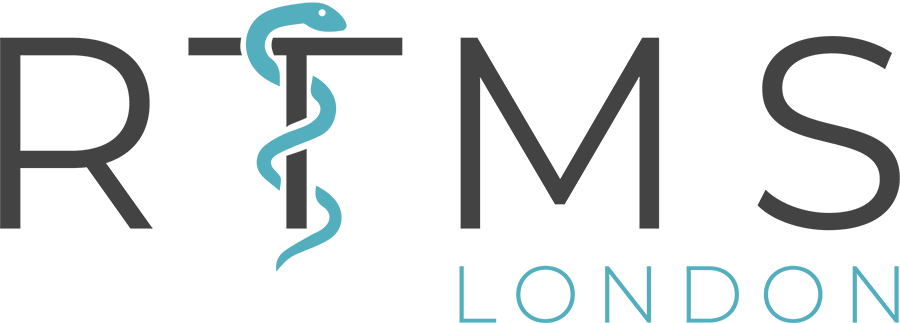
New Treatment for Tennis Elbow
Tennis elbow is a common cause of pain around the outside of the elbow. Also known as lateral epicondylitis, it affects men and women equally, and occurs most frequently in people between the ages of 35-54.

Despite its name, tennis elbow is not just associated with racquet sports. It is typically considered as an “overuse” injury, meaning that anyone who performs repetitive movements of the arm or wrist can be susceptible. Although common amongst sportspeople, it also frequently affects tradespeople (carpenters, plasterers, painters etc), as well as gardeners and office workers.
Symptoms of tennis elbow include:
- Tenderness around the outside of the elbow
- Pain on gripping or twisting movements of the forearm
- Weakness in the hand on the affected side
- Difficulty fully extending the elbow
Why current treatments fail
Rest – Tennis elbow is a self-limiting condition, meaning that it usually heals by itself in 6 months – 2 years. While this is a reassuring fact, the length of time required is far longer than most people are prepared to wait, especially considering the limiting effect it can have on daily activities in the meantime.
Another issue with rest is that it can actually increase your risk of reinjury when you return to your chosen activity. Resting muscles and tendons makes them weaker, meaning that when the pain has gone, and you go back to your regular life, you do so with less strength in the tissues around your elbow. If not managed correctly, this can lead to another injury, and a downward spiral can begin.
Elbow straps/braces – While some people find that an elbow strap can help with their symptoms, the evidence for their effectiveness in general is weak. Even when they do offer some relief, this is only masking the issue temporarily, rather than addressing the root cause of the problem.
Exercise – Strengthening of the muscles and tendons around the elbow is well-established as an effective way of managing tennis elbow, however, for this to be successful, it has to be done in an intelligent way. If any underlying biomechanical issues in the area are not addressed first, the strengthening may have a limited effect.

Our solution
Our highly trained specialists are the first in the U.K to offer magnetic shockwave therapy, a revolutionary treatment for musculoskeletal injuries. Our team will use this treatment, alongside an in-depth knowledge of sports injuries and the latest rehabilitation advice, to create a treatment plan tailor made for each individual – allowing you to get back to what you love doing as soon as possible.

How it works
Magnetic shockwave therapy (MST) uses powerful electromagnetic pulses to painlessly stimulate the nerves within the elbow and surrounding areas. We have successfully treated many cases of tennis elbow with MST, which works in a number of ways:
- The stimulation of nerves causes the muscles in the area to contract and relax, promoting healing by encouraging blood flow in and out of the injured tissues.
- The multiple muscle contractions can improve the ability of the affected tendon to tolerate load.
- A barrage of signals is transmitted up to the brain, increasing blood flow to the area of the cortex associated with the injured body part. With any long-term injury (over three months), changes in the brain are common, and have been found to increase the sensitivity of the injured area. The increased blood flow caused by MST has been hypothesised to counteract these changes, and is believed to be one of the reasons for the long-lasting effects of the treatment.
We are passionate about helping our patients achieve their goals and return to full fitness, so do not hesitate to get in touch if you have any questions regarding our pioneering treatment.
Get in touch
